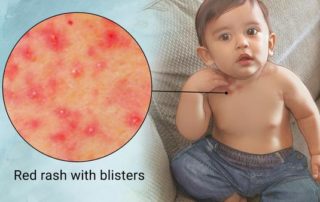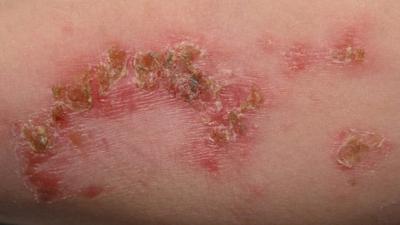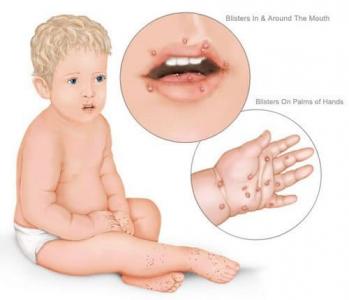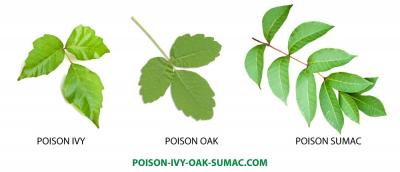Five Common Summer Rashes – What’s What and Proper Treatment
Summertime is the season for a wide variety of activities that are a welcome change of pace for kids and parents alike. With that change, however, come some hazards that parents need to be on the lookout for. Many of these involve the skin, one of the body’s most vulnerable organs.
One that most parents will have dealt with is HEAT RASH (“prickly heat” or “miliaria”), a red blotchy or bumpy rash that often appears in skin creases after the child perspires. It is often itchy and responds well to cool compresses and relocation into a cooler environment. No topical medication is needed.

Another summer skin condition, which we hope to see less and less of, is SUNBURN. This tends to occur when unprotected skin is exposed to the strong summer sun, most often between 10:00 AM and 4:00 PM. It tends to be most damaging in children with fair skin, fair hair, and light eyes but can lead to premature aging of the skin and skin cancers in anyone. Aggressive use of sunscreens with SPF values of at least 30 is recommended. Cool compresses, topical emollients, and oral and topical pain relievers can offer symptom relief.

IMPETIGO is one of the more common skin infections that peaks in the warm weather months. It is usually due to a superficial bacterial infection and shows up as crusty or scabbed sores that sometimes seem to “weep”. The crust sometimes has a honey-like color. It is contagious and is treated with topical antibiotic ointments and occasionally with oral antibiotics.

A very different sort of infection that we hear frequently about is HAND-FOOT-AND-MOUTH. This is caused by a virus in the Coxsackie family and is more prevalent in the warm weather months. It is also quite contagious and presents with fever, sore mouth/throat, sometimes vomiting or diarrhea, and scattered red spots or ulcers in the mouth and skin. The spots will sometimes blister and are most often seen on the hands, feet, and buttocks but can show up almost anywhere on a child’s skin. Treatment is supportive, with the main goal being to maintain hydration and provide comfort to the child. Symptoms are usually gone in 5-7 days.

Finally, one of the most common summer rashes is one that has an allergic basis. It is called “RHUS DERMATITIS”, typically due to POISON IVY in this part of the country. It is due to a plant oil called “urushiol” that causes an intensely itchy, blistery reaction on the skin of vulnerable children and adults who touch it. If exposed, a child should wash quickly with soapy water over the suspected sites.


Should a rash develop, fingernails should be cut short to help prevent infection, and topical analgesics and steroids (such as hydrocortisone 1%) can be applied. If you are positive that your child has poison ivy, buy Zanfel cream and follow the directions. It washes away the urushiol and stops the allergic reaction. If facial or genital breakouts are noted, medical care is advised.
Enjoy the summertime, stay safe, and don’t forget to take precautions to reduce the risk of skin problems for your kids!
If your child is suspect to a summertime rash that isn't going away or causing pain/irritation and you are not sure which one it is or how to treat it, give us a call or schedule a sick visit online.
